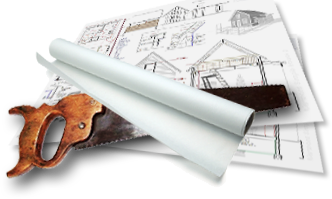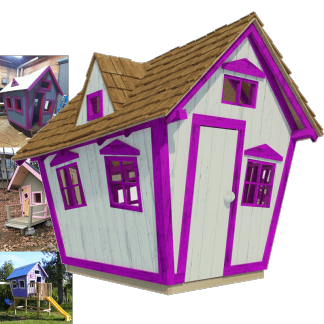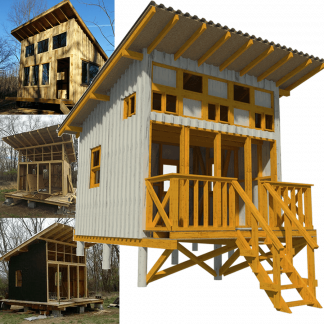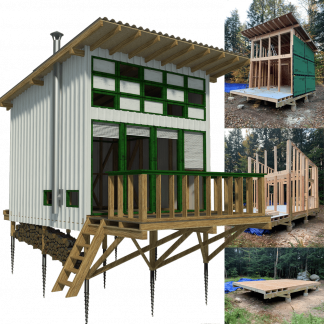Make better investment decisions when you know how much a property is bringing relative to its worth. Of course, the best metric to provide that insight is its capitalization rate, so what is it, and why does it matter to you as a landlord? Capitalization rate or cap rate is an expression of your annual rental income against its current property value. In other words, it tells you the rate of return of a house, letting you know how many cents you get back for each dollar you spend. Beyond its definition, it’s essential for every property owner to understand the importance of the capitalization rate in their rental business and what is considered a good cap rate.
Why Cap Rate Matters to Landlords?
Evaluate Investment Performance
Determine if your investment is worthwhile by using the cap rate to measure its performance. While there are several metrics you can use to see how a property is performing, it all comes down to money. A good investment earns you profit, and a bad one barely scrapes by or loses money in the long run. As a result, cap rates can help you decide whether to pour more into a working rental or cut your losses and sell off one with a bad track record. However, arriving at the right answer is impossible without the right numbers. That’s why it’s essential to work with a competitive Northern Virginia property management team to ensure accurate recordkeeping of rental expenses.
Assess Risk and Market Trends
Save yourself from bad investments by comparing the capitalization rate of multiple properties. Before using the cap rate to measure the performance of a property you’ve already bought, you can use it to determine if buying one is worth it. For example, let’s say you’re looking to expand your portfolio and are considering two properties. One has a cap rate of 10% while the other comes in at 4%, what does that tell you? As a rule of thumb, higher cap rates often translate to higher risk because of the potential return. In comparison, lower cap rates can signal stability even if it takes longer to recoup your investment. We’ll talk more about what a good cap rate is below.
Factors that Influence Cap Rate
Location
Cap rate varies widely based on your property’s location. For instance, in urban areas or high-end neighborhoods where properties come with exorbitant price tags, landlords tend to see lower cap rates. This figure makes sense considering such areas often experience high demand with fewer vacancies, and are less risky ventures. In comparison, properties in less desirable or rural areas may have higher cap rates to compensate for greater risk or lower demand.
Property Type
Besides the neighborhood, the cap rate can also differ based on the property type. Residential properties have more stable occupancy rates, and thus often have a lower cap rate than commercial properties that are high risk but high return. In other words, the average or expected cap rate can differ for each property type, meaning you have to review the risk and return profile relative to the type of real estate in question.
Operational Costs
Remember to factor in expenses like maintenance, property management, and utilities in calculating your capitalization rate. After all, your operating costs significantly affect your net income. Also, hidden costs such as unexpected repairs or vacancies can also impact a good cap rate for a rental. That’s why efficiently managed properties generally yield a higher cap rate compared to those with higher recurring expenses.
What is Considered a Good Cap Rate for Landlords?
As we’ve seen, cap rate depends on several factors such as location and property type. Thus, what may be a good cap rate for a residential property in the suburbs may be below ideal for a commercial property in the heart of town. Besides, personal factors like your risk tolerance and investment goals could weigh heavily on what each landlord considers a “good” cap rate.
However, there are some general figures experts tend to use. If a property has a cap rate between 4 and 6%, which is typically on the lower end of the scale, with less risk and more stability, but also fewer returns. On the other hand, 7-10% leaning towards a higher cap rate, where the risk is greater, but so are the returns. As a result, most savvy landlords aim for a cap rate between 6% – 8%.
Conclusion
To sum up, the capitalization rate is a valuable metric landlords use to determine the rate of return of a property. Understanding the cap rate can help you make smarter, data-driven decisions. For instance, a property with a cap rate that’s too low could indicate that your property is performing poorly, while one that’s too high could signal significant risks you need to prepare to tackle. It’s also essential to keep in mind that there’s no universally good cap rate. It varies depending on factors like location, property type, and operational cost. So keep that in mind when making decisions based on a property’s cap rate.








